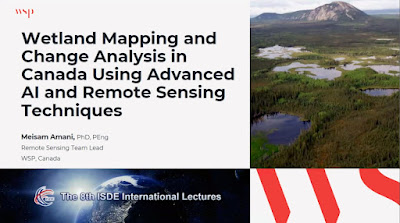Az érdekeltek figyelmébe! A Nemzetközi Digitális Föld Társaság (ISDE) Titkársága körlevélben tette közzé soron következő on-line előadásait, amelyek a kutatók publikálási gyakorlatát fejleszthetik.
'You are cordially invited to participate in the 11th ISDE International Lectures, with the theme of "Innovative Perspectives and Practical Experience of Publishing Scientific Papers in Top Journals".
The event will invite two speakers to share their extensive scientific
research experience, and provide unique insights into academic writing
and guidance on publishing compelling papers in top-tier journals.
Date & Time:
26 July 2024, 10:00-11:30 (China Standard Time)
Organized by: International Society for Digital Earth
Supported by: Beijing International Science and Technology Exchange Center, International Research Center of Big Data for Sustainable Development Goals, International Journal of Digital Earth, Big Earth Data
Zoom Link:
https://us06web.zoom.us/j/
Az esemény azonosító és a szükséges jelszó a levél végén található honlapcímen kérhető meg.
Invited Speakers:
Baojing GU (Zhejiang University, China)
Shuli CHEN (University of Arizona, USA)
Programme: (Pacific Daylight Time)
19:00-19:05 Welcome and Introduction
19:05-19:35
- Topic: Research experience sharing and insights into publishing in top journals
- Speaker: Baojing GU (Zhejiang University, China)
- Topic: Amazon forest biogeography predicts resilience and vulnerability to drought
- Speaker: Shuli CHEN (University of Arizona, USA)
For more information about the 11th ISDE International Lectures, please visit:































